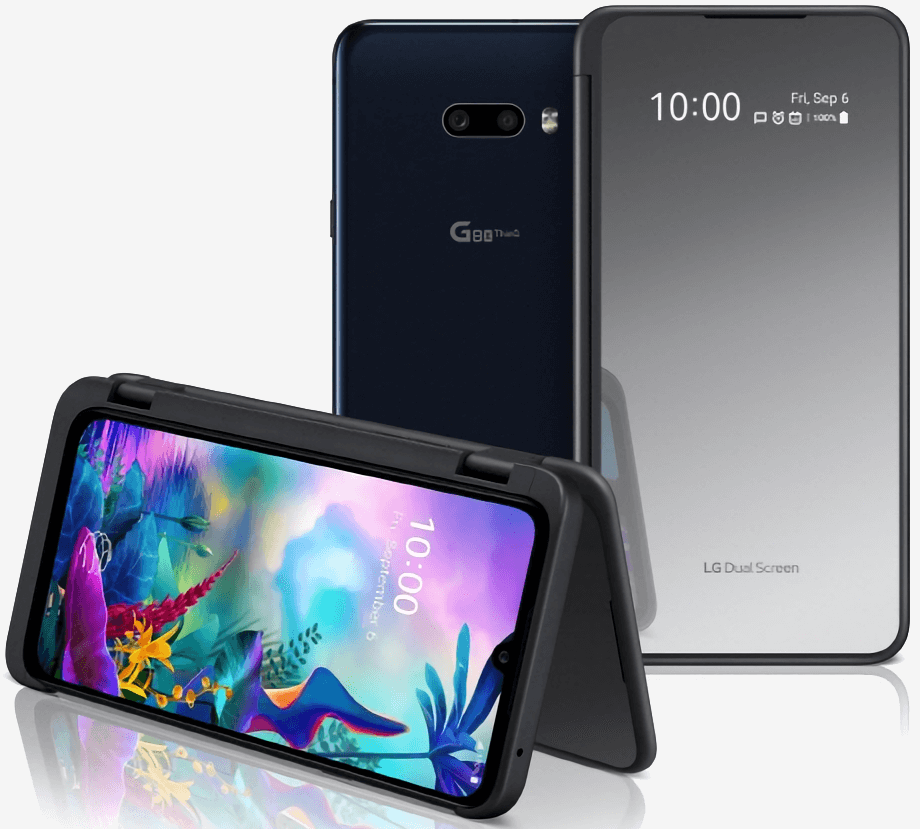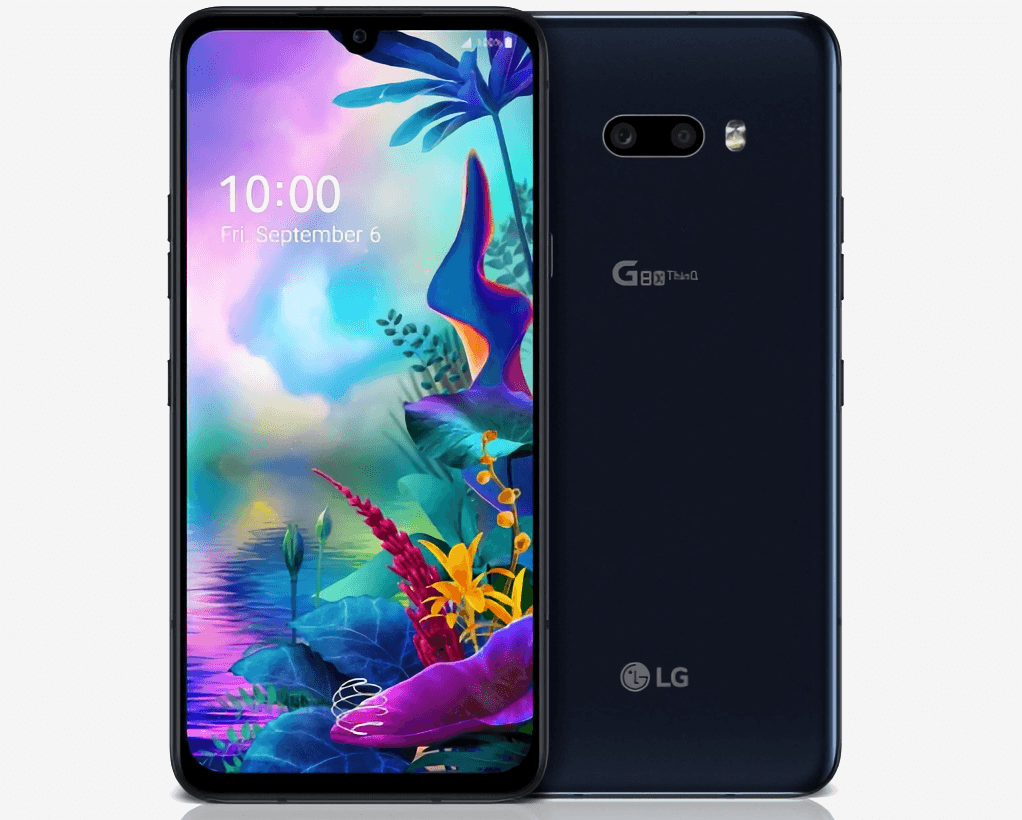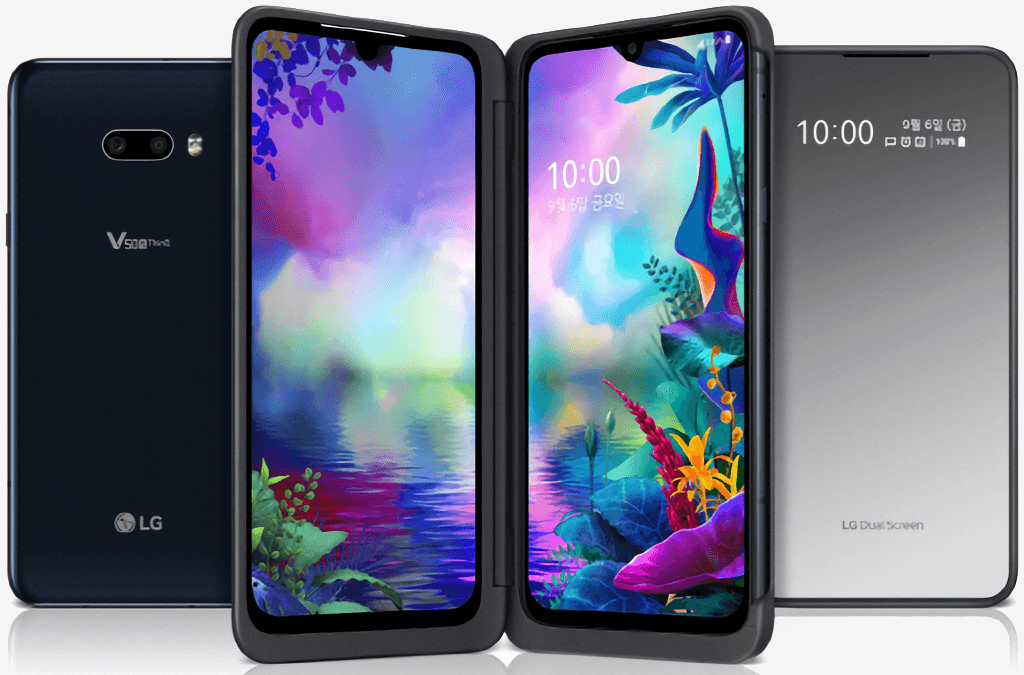Bottom line: Foldables could very well be the next big step for the smartphone industry. Or, they could be a short-lived gimmick with an unnecessarily high price tag. The jury is still out and not everyone is willing to burn cash to experiment with the form factor.
LG has done its fair share of gimmick exploring in the smartphone space - its failed modular slot for the LG G5 is a prime example. With its new LG G8X ThinQ smartphone, the company is playing it safe by offering a dual-screen experience without the uncertainty of flexible displays.

The LG G8X ThinQ, like the LG V50 ThinQ before it, works in conjunction with a new second-screen accessory case. Simply slot the phone into the case (it connects via USB-C), enable the second screen option in the settings and voila, you have a phone with two big screens.
The secondary screen is identical to the display on the phone - a 6.4-inch OLED FHD+ panel with a 19:5:9 aspect ratio. It even has its own notch. And on the outside of the case, you get a 2.1-inch monochrome OLED panel used to display the time, notifications and the like.
To be clear, this isn't the same "dual-screen" experience you'd get with a foldable phone. Some would argue that it's better, others will say it's a poor man's alternative. Valid arguments can be made on both sides.

Those in favor of LG's implementation will point to the ability to use it when you want and leave it (and its bulk) at home when you don't need it. The solution also utilizes cover glass, not the delicate plastic displays found on foldables.
Conversely, it doesn't elicit the same sort of futuristic feeling as a true foldable display. The screen case also doesn't have its own battery, instead relying on your phone for juice. According to LG, the G8X can last 1.4 days with one screen and 1.15 days when running it with the second screen case.
There's also the issue of added cost although because LG isn't talking on this front yet, we don't know if it'll be a pro or con.
